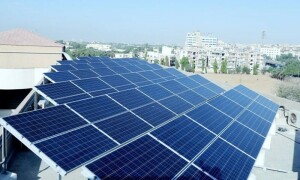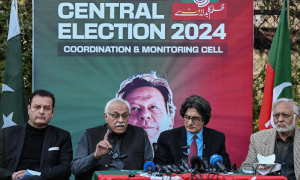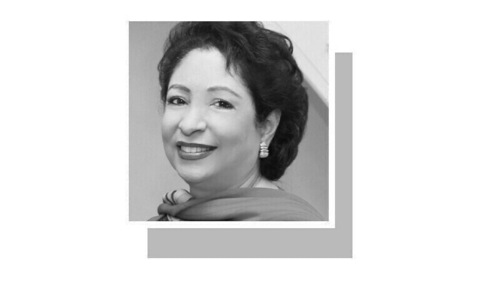Batool is the daughter of a maid. There was fierce opposition at home when her mother enrolled her in school. Batool’s father claimed that the four-year-old would pick up bad habits and consort with boys if she was allowed access to education. The little girl’s older brothers refused to walk with her on the way to school because they, along with their father, strongly disapproved of educated women.
One in four girls in Pakistan have never been to school in 2018, according to World Bank statistics. According to Ahsan M Saleem, one of the founders of The Citizen Foundation, the girl child was the biggest casualty of the pandemic in terms of education.
“A girl child’s impact on society is about 100 times that of a male child because it is multi-generational. Even if the girl is a dropout, even if she is pulled out of school and forced to marry, she will ensure her children will study. It is practically a guarantee that an educated mother will educate her children. With a boy, there is a good chance, but not a guarantee,” he said in an earlier interview.
But not only the girls suffer from a lack of education. Three out of four (75pc) 10-year-olds in Pakistan cannot read a simple text, estimates World Bank. And this rate may have increased to 79pc owing to the pandemic and 2022 floods. At the current pace of progress in increasing education rates, it will take at least 50 years to enrol all girls and 31 years to enrol boys.
At $3.186 trillion, India’s GDP is roughly nine times bigger than Pakistan’s. Its allocation towards education is almost twice that of Pakistan. In 2021-22, the Economic Survey of Pakistan pointed out that only 1.77pc of GDP was spent on education. On the other hand, India has been working towards increasing female literacy rates. In 2006, 10pc of girls aged 11-14 did not attend school in 2006. By 2018, that number had dropped to 4.1pc, according to the Borgen Project.
Unicef estimates that Pakistan has the world’s second-highest number of out-of-school children. This leads to the unending cycle of poverty and illiteracy spiralling downwards, exacerbated by economic conditions. When people die over bags of flour, the education of children pales in comparison to the struggle to stay alive in the face of hunger and despair.
Gearing up for the inevitable elections, the government has announced 2.66tr for upliftment. Supporting industries and agriculture, making highways and repairing waterways are all efforts very much in the public eye and essential for growth. But how productive can the masses be if illiteracy continues to reign?
World Bank estimates that another year of schooling raises earnings by 10pc. A person unable to read or write will be stuck doing purely menial jobs. As the global economy’s pace of digitisation increases, countries that do not invest in education will lag at a faster rate. The government would do well to remember that.
Published in Dawn, The Business and Finance Weekly, June 5th, 2023
















































Dear visitor, the comments section is undergoing an overhaul and will return soon.